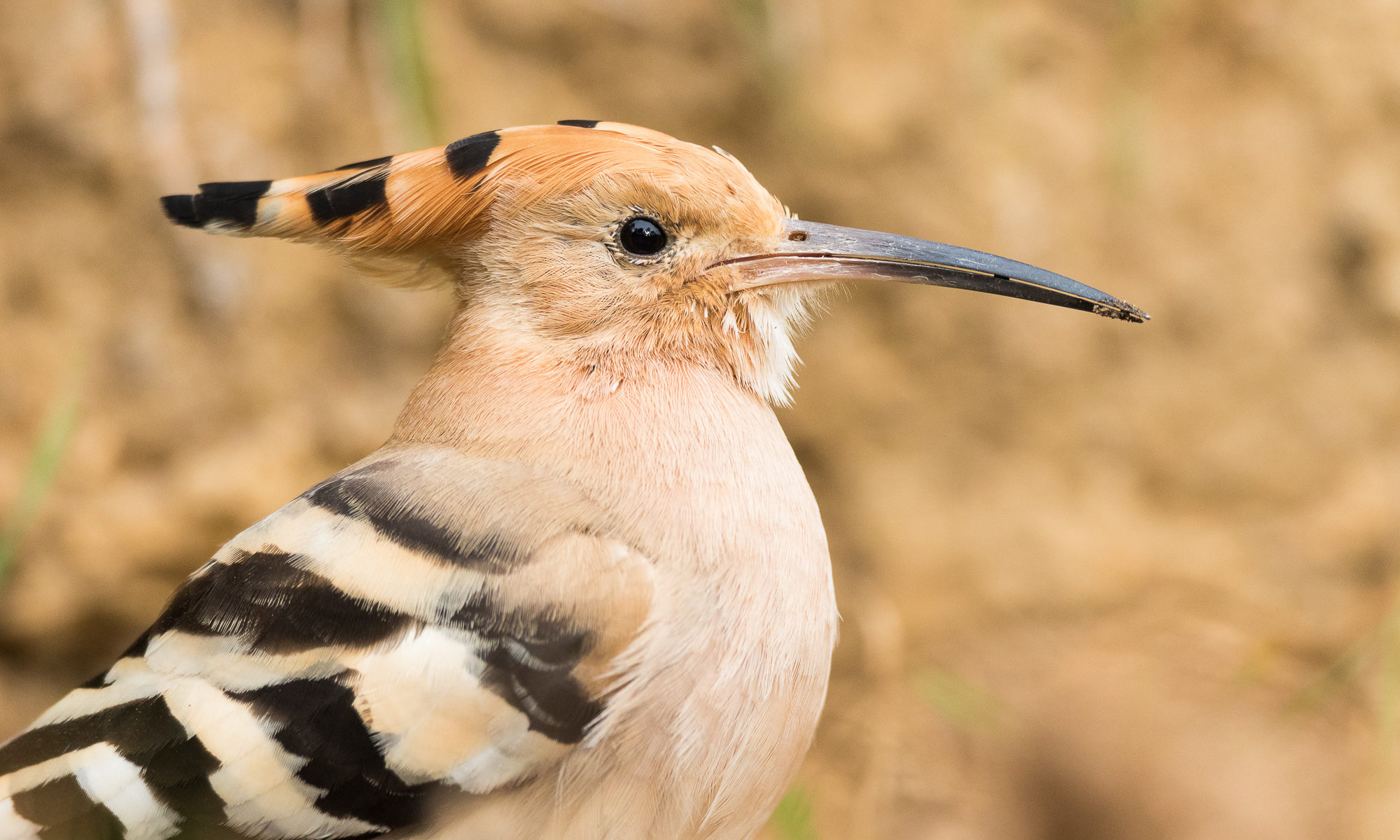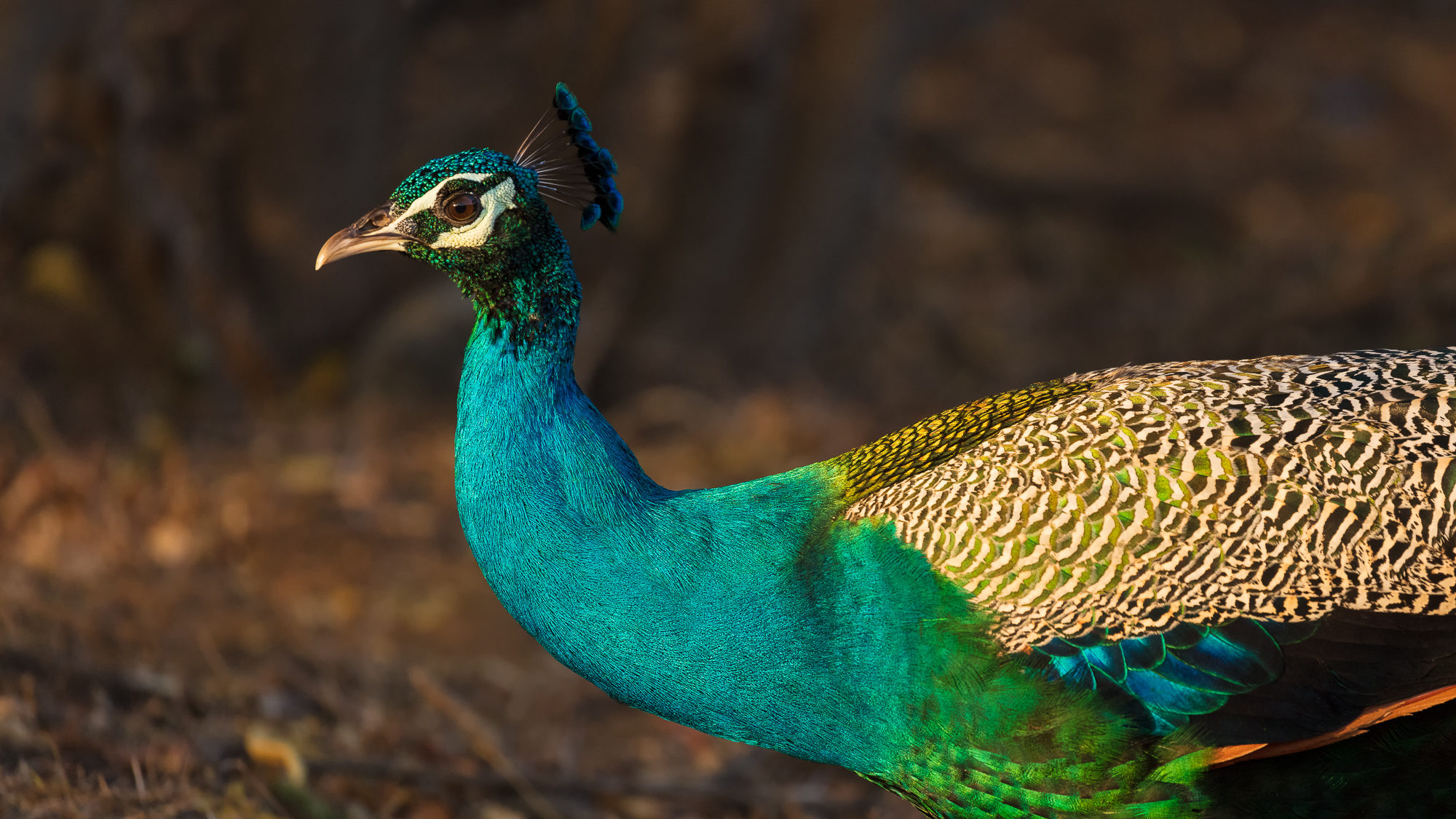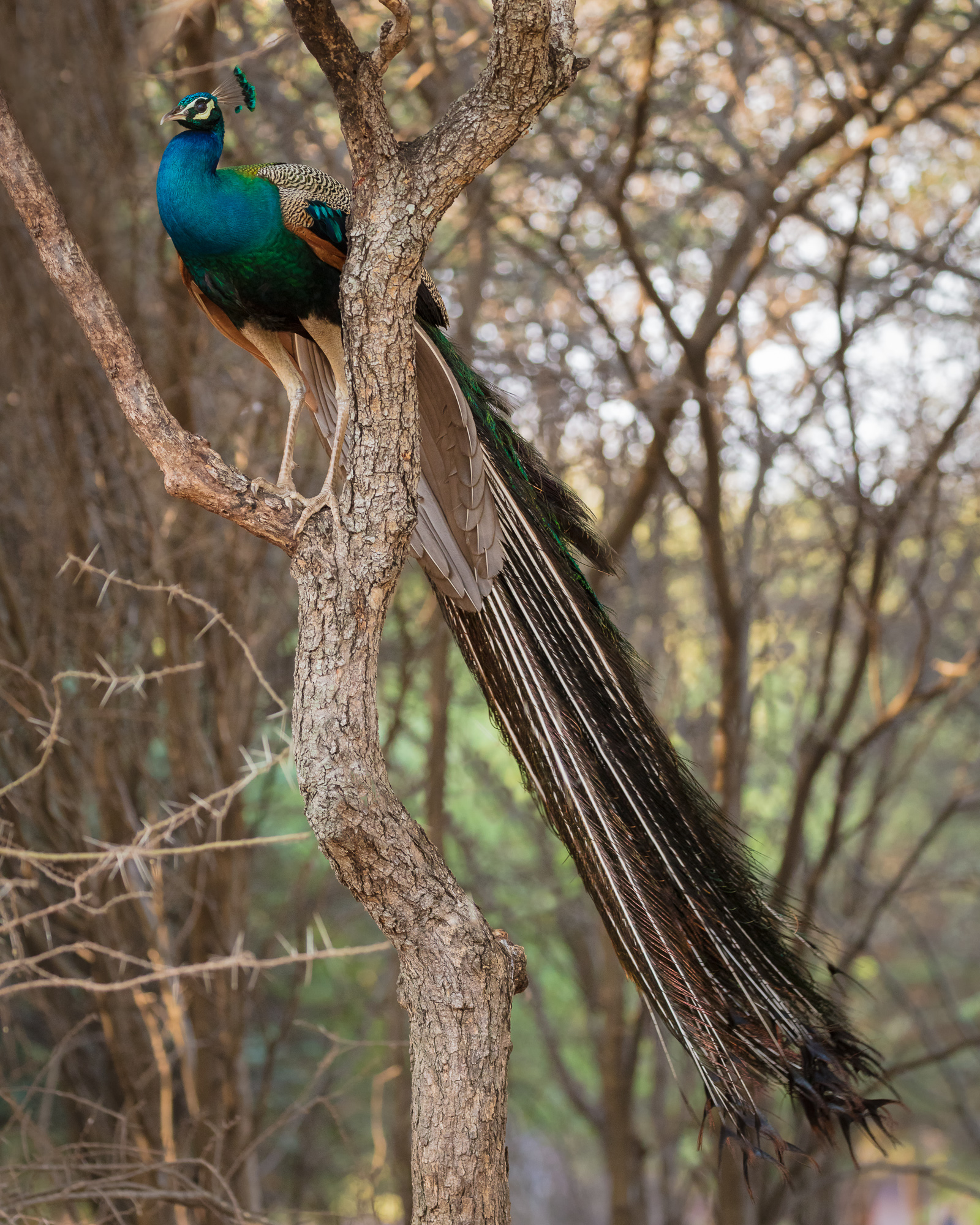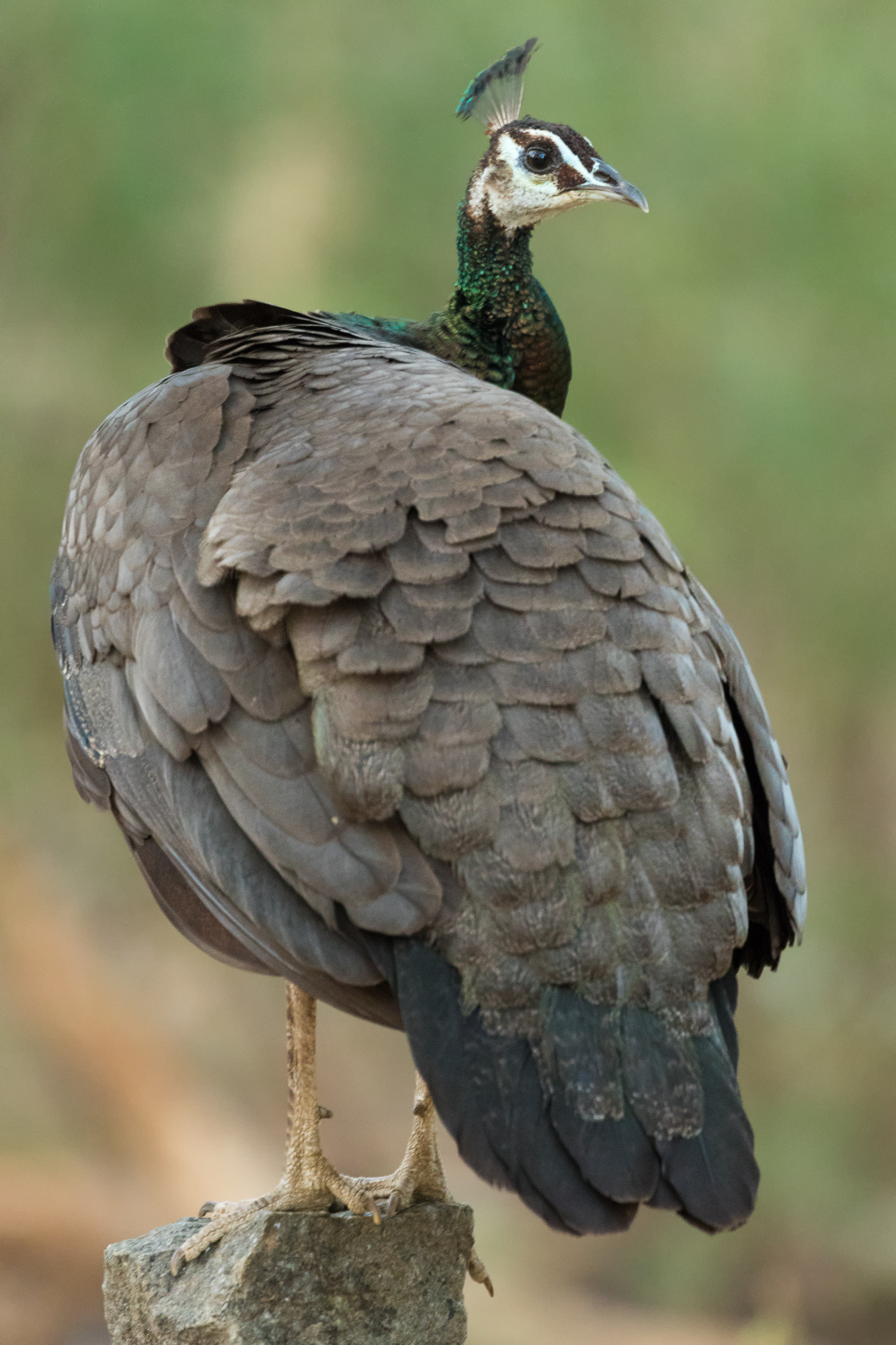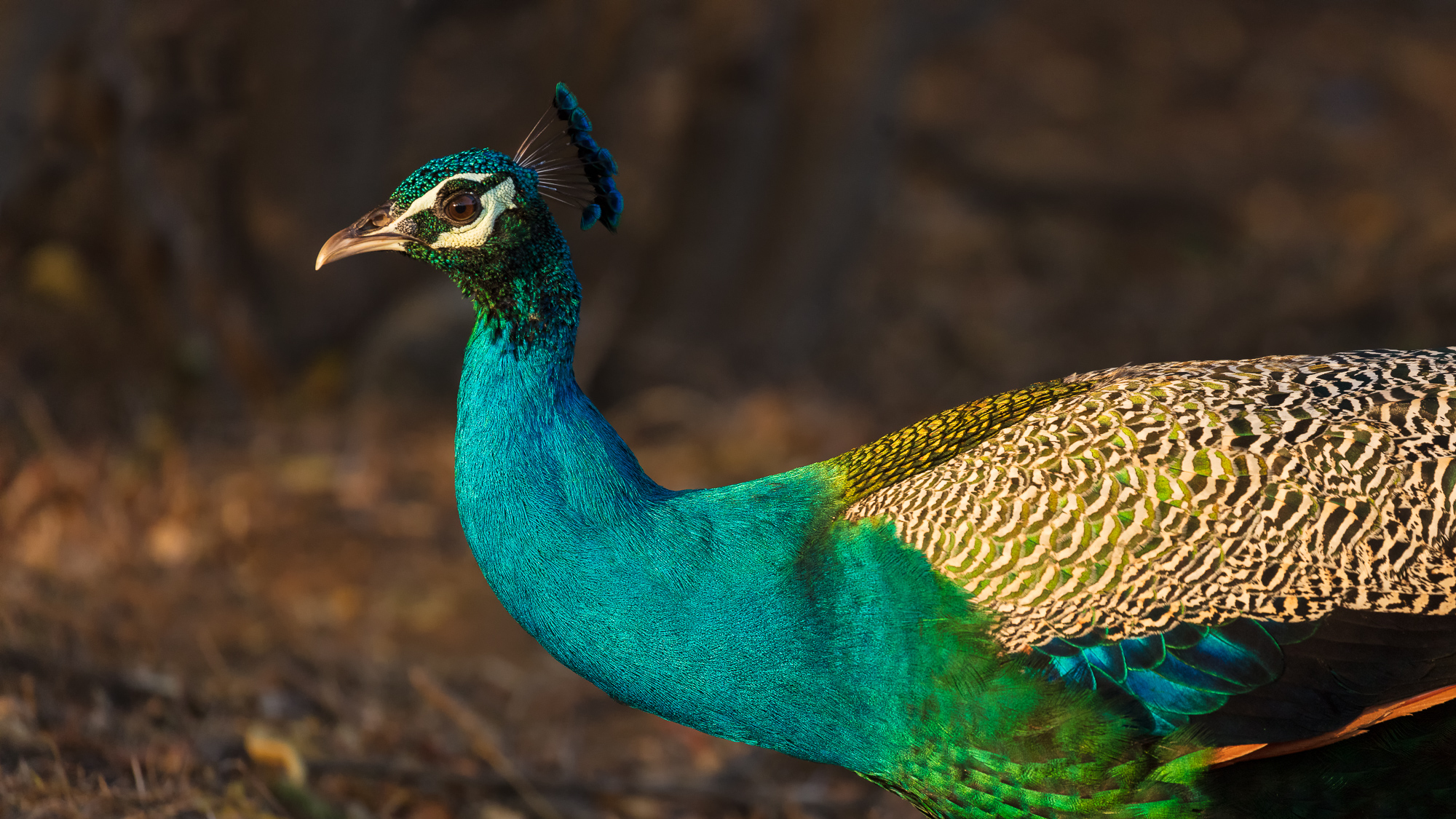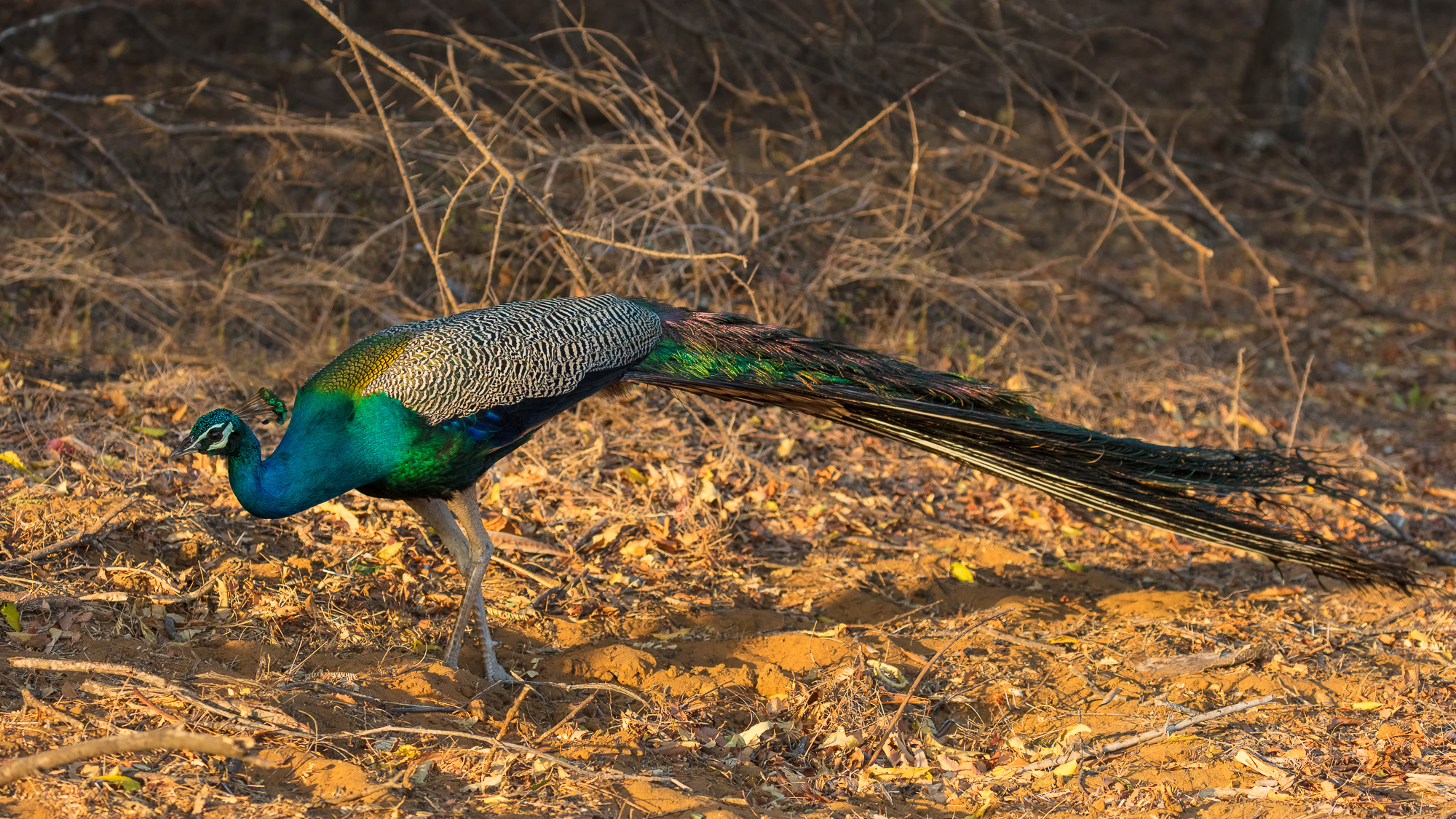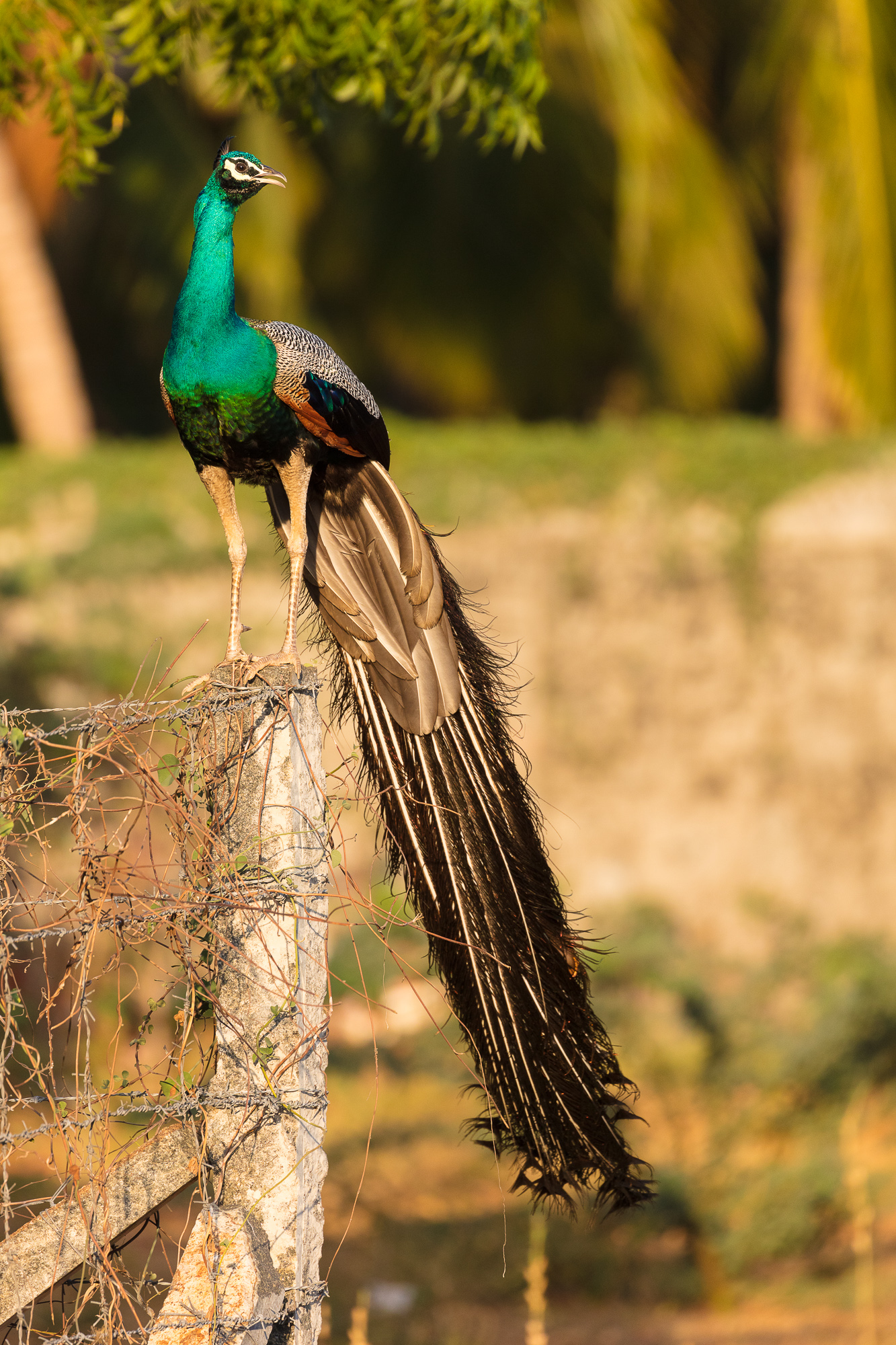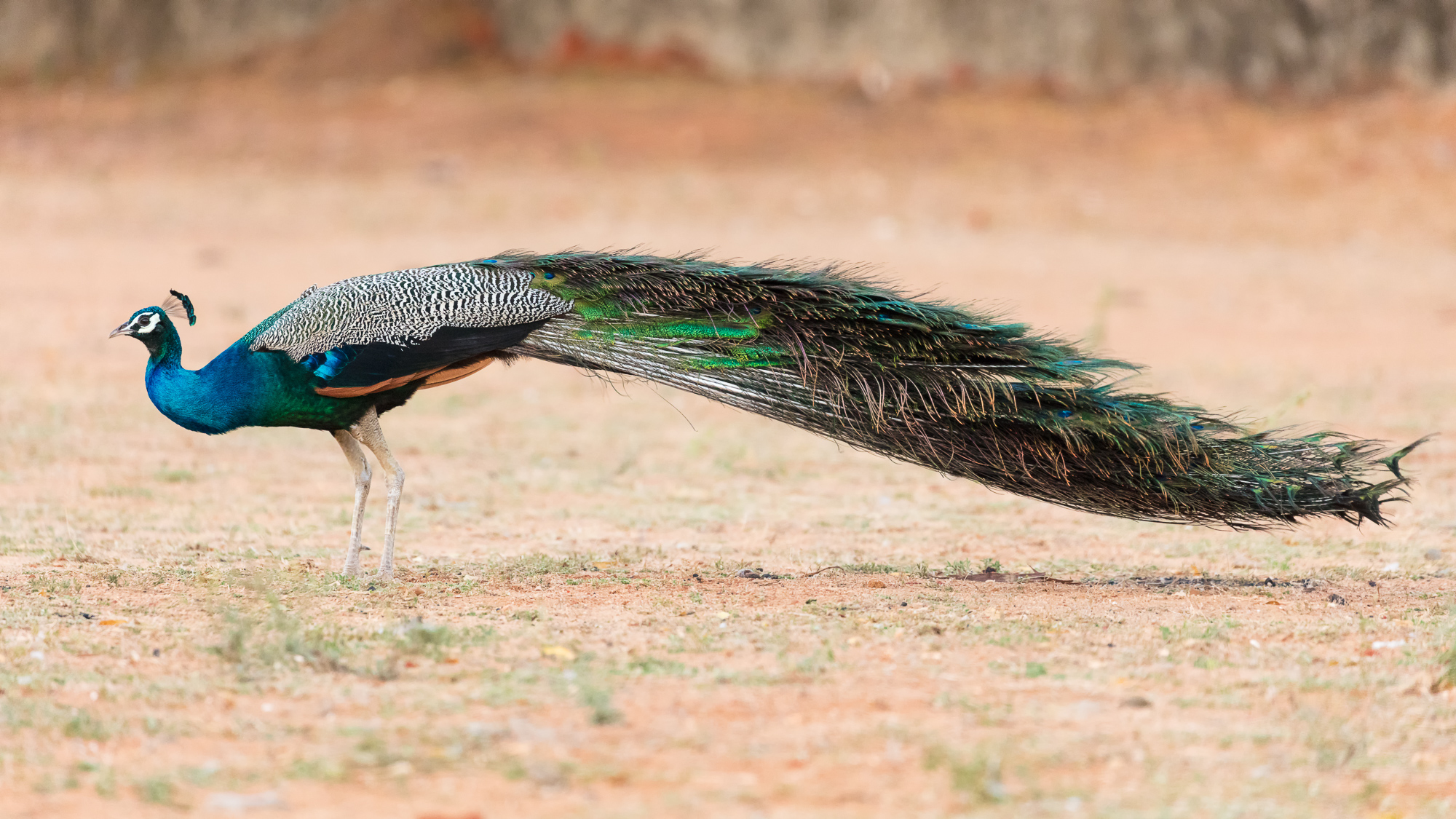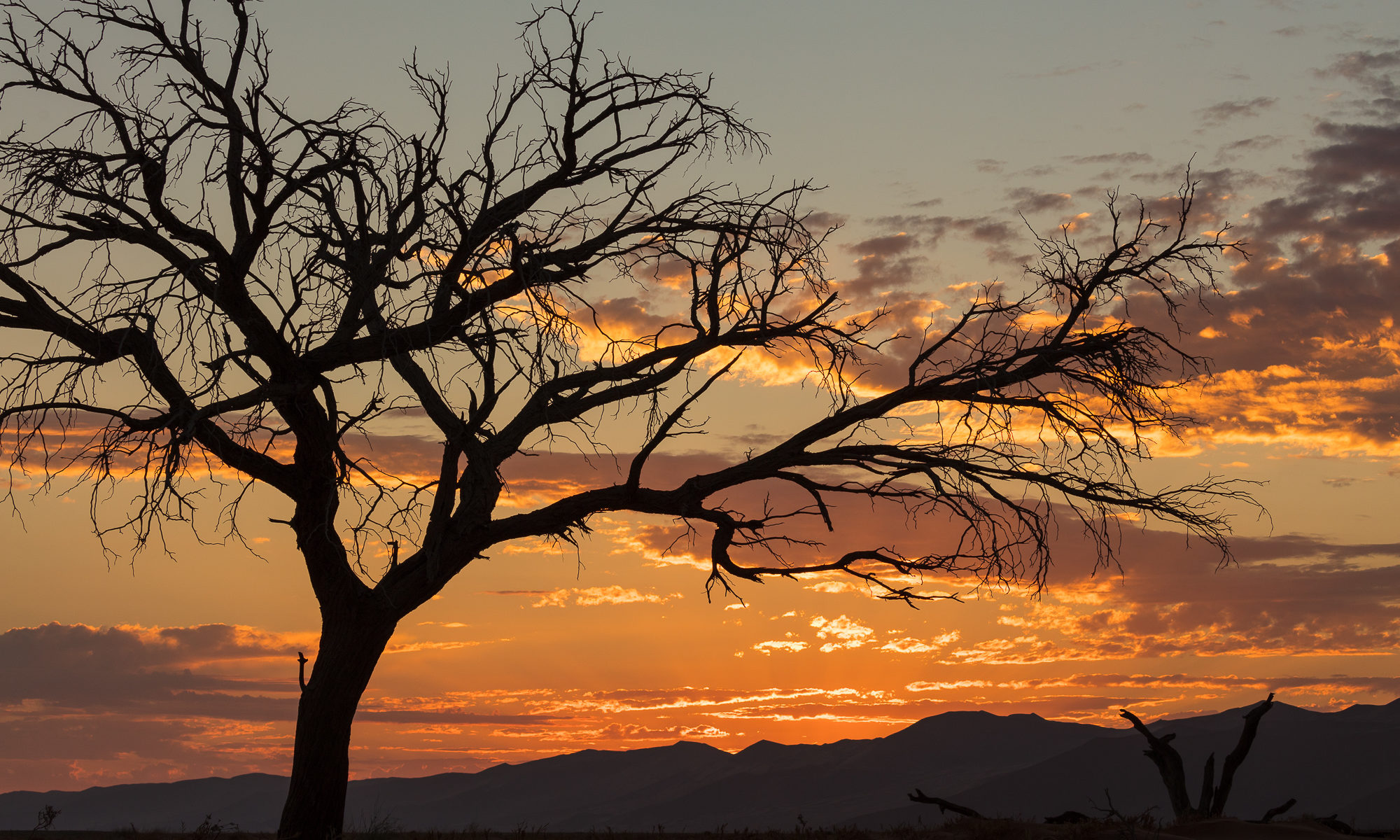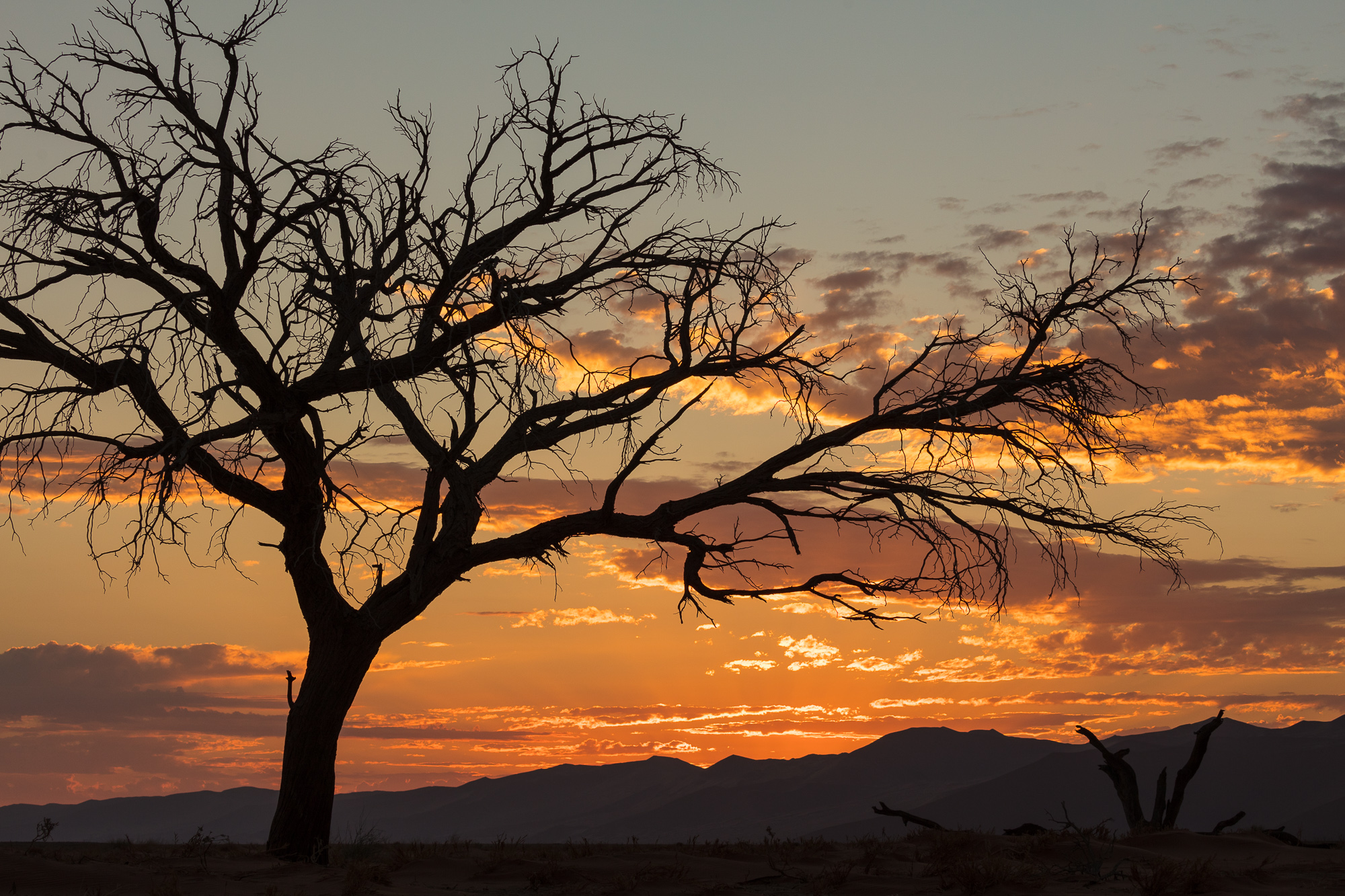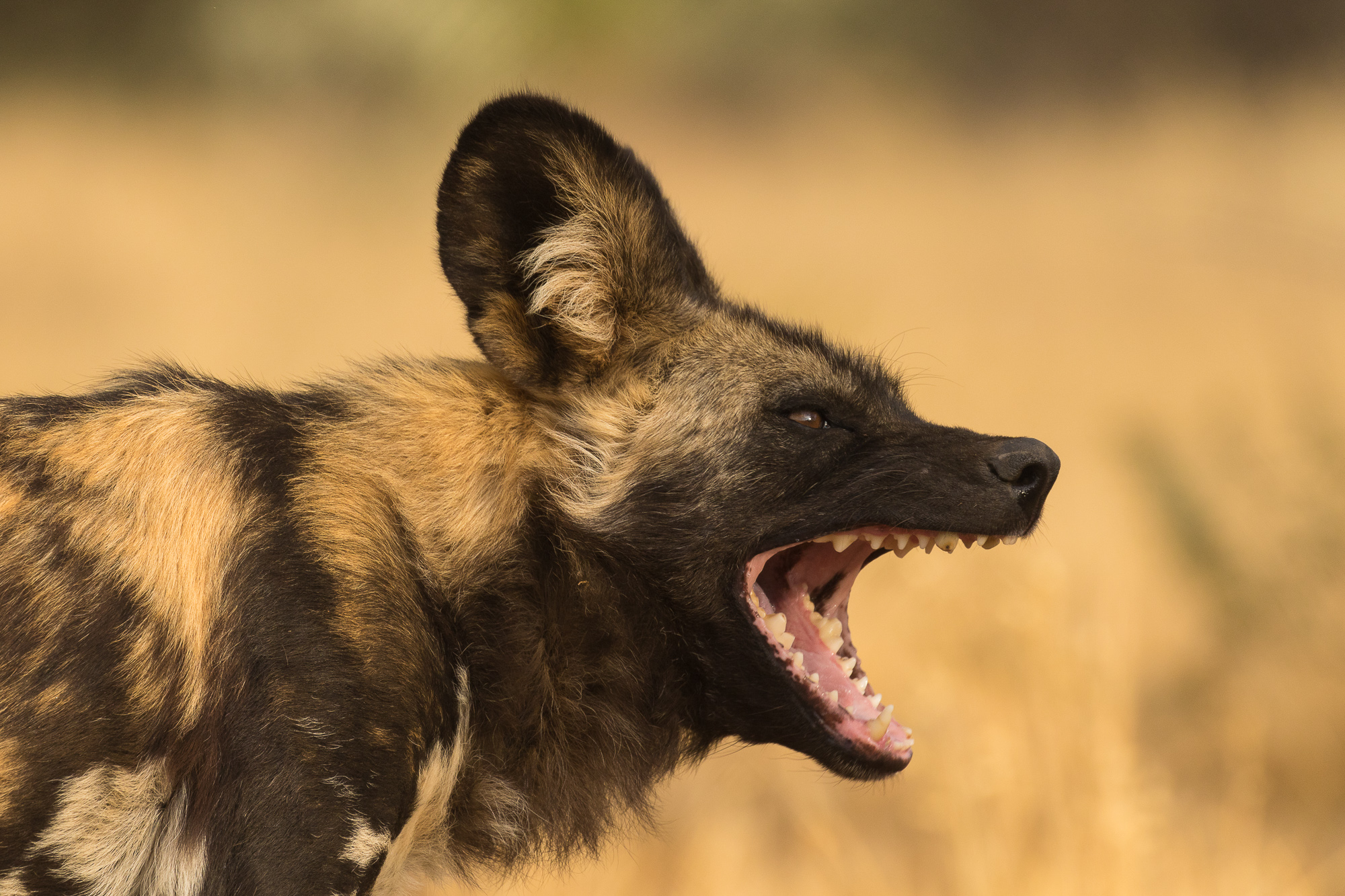As I rounded the bend in a trail in Parc de l’Oreneta in Barcelona, I drew an audible gasp, my eyes widening in surprise. There on the ground about 30 yards in front of me was a hoopoe, digging through dead leaves and tree litter looking for his morning meal. I had been looking for this bird for the last five years, and finally, here it was quite unexpectedly in front of me! Having decorated the cover of a “birds of the world” guide on my bookshelf, the hoopoe’s beautiful feather characteristics caught my eye. Ever since, I have been hoping to photograph one in the wild. I searched for one in both Africa and India, but to no avail. For some reason, it didn’t even make my radar for target birds on this trip to Spain, yet here it was on a quiet Saturday morning in a city park.
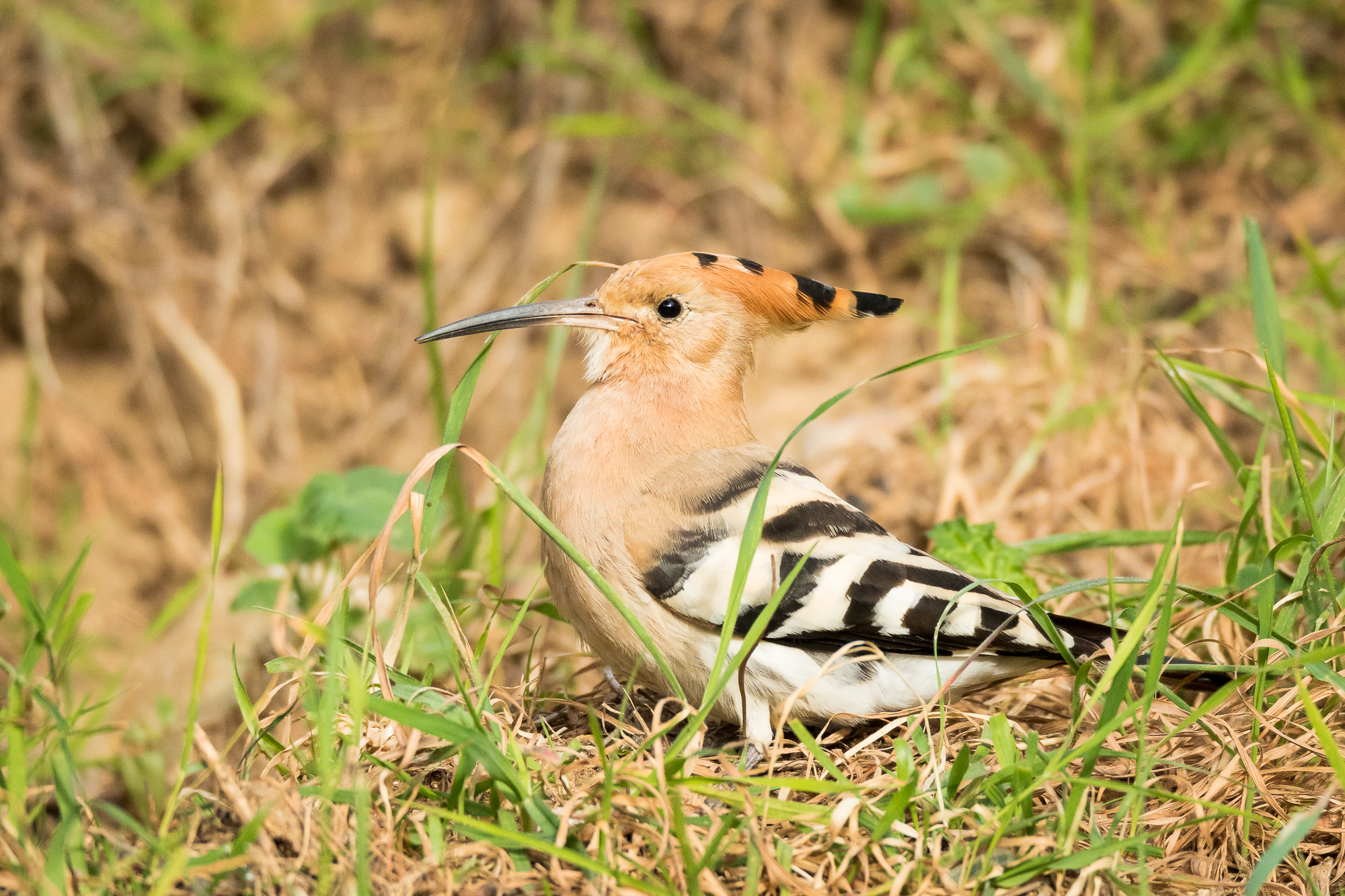
Unfortunately, my stalking skills could not overcome this bird’s awareness, and it flew off before I could get better than distant identifying shots. No matter – I was thrilled to know this species was here, and I planned to be back in the park bright and early the next morning.
The next morning, I spent some time in an open clearing, hoping to get a hoopoe perched in the rising sun. After about an hour of searching and waiting (meanwhile photographing the many monk parakeets that dotted the trees), I decided to move into the forested part of the park. Knowing the hoopoe is a ground feeder, I picked a primitive trail, hoping to stay away from morning joggers along the larger gravel and dirt roads. The ground sloped uphill to the left of the trail, and that is where I focused my search. Soon, the rustling of leaves alerted me to a hoopoe poking through forest detritus scattered along the hillside.
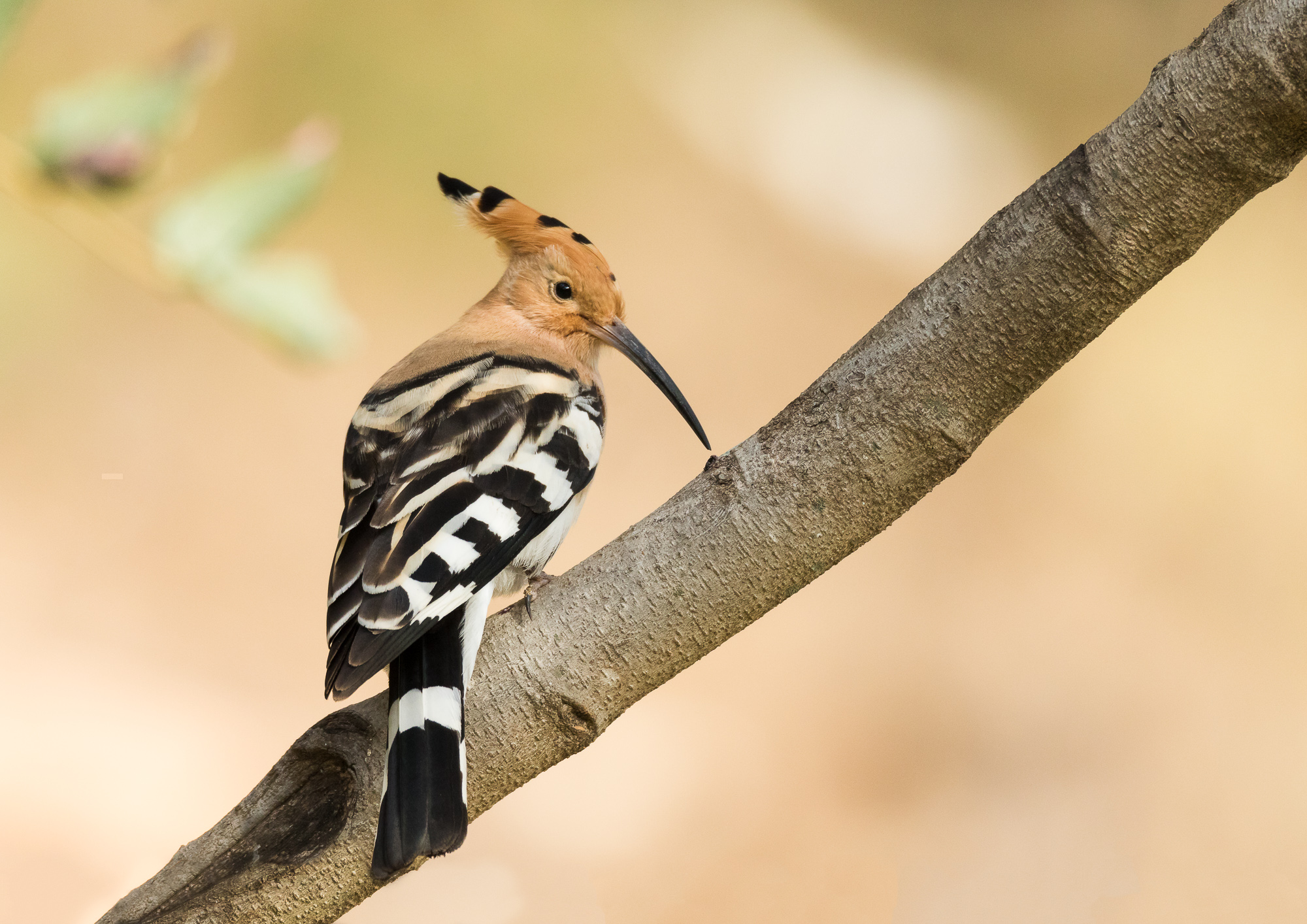
As I moved closer, it flushed to a nearby tree branch. I was able to get some safety shots of the hoopoe, but it was still skittish and constantly scanning its surroundings. I knew I should not get closer, and had to try a completely different approach. I moved further down the trail, then straight up the hill through the forest, lugging my 13 pound camera rig over my shoulder. Now I was able to move down the hill toward the hoopoe from a different direction. It had moved from the first branch, but looked much more relaxed in its second perch.
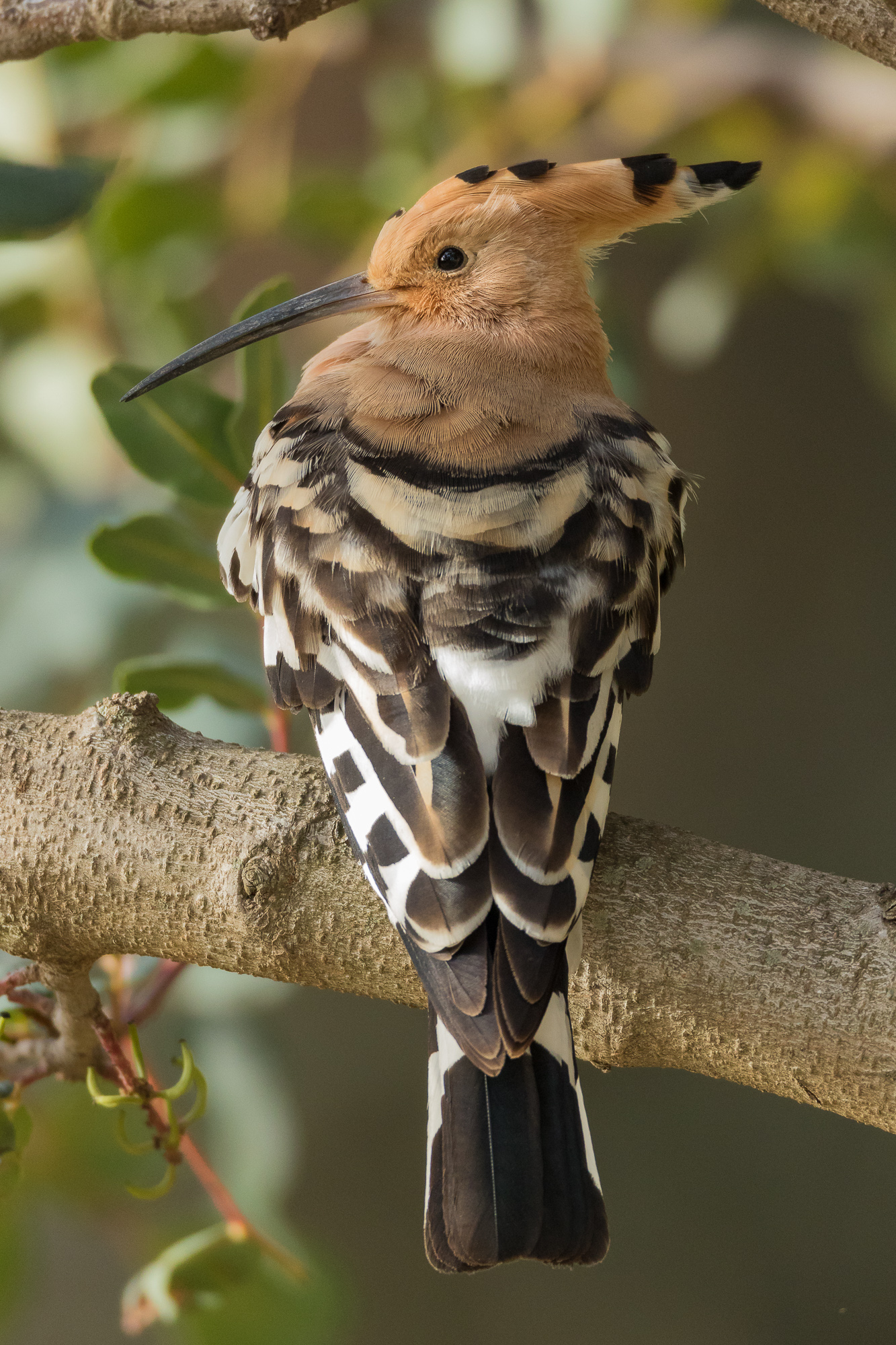
I was able to create some wonderful portraits with a relaxed hoopoe in full view. However, I didn’t yet have the iconic hoopoe shot that I was after. With my heart beating in my chest, I slowed my breath and waited. After several minutes, the bird finally stretched out its wing as it prepared for a nap on the branch.
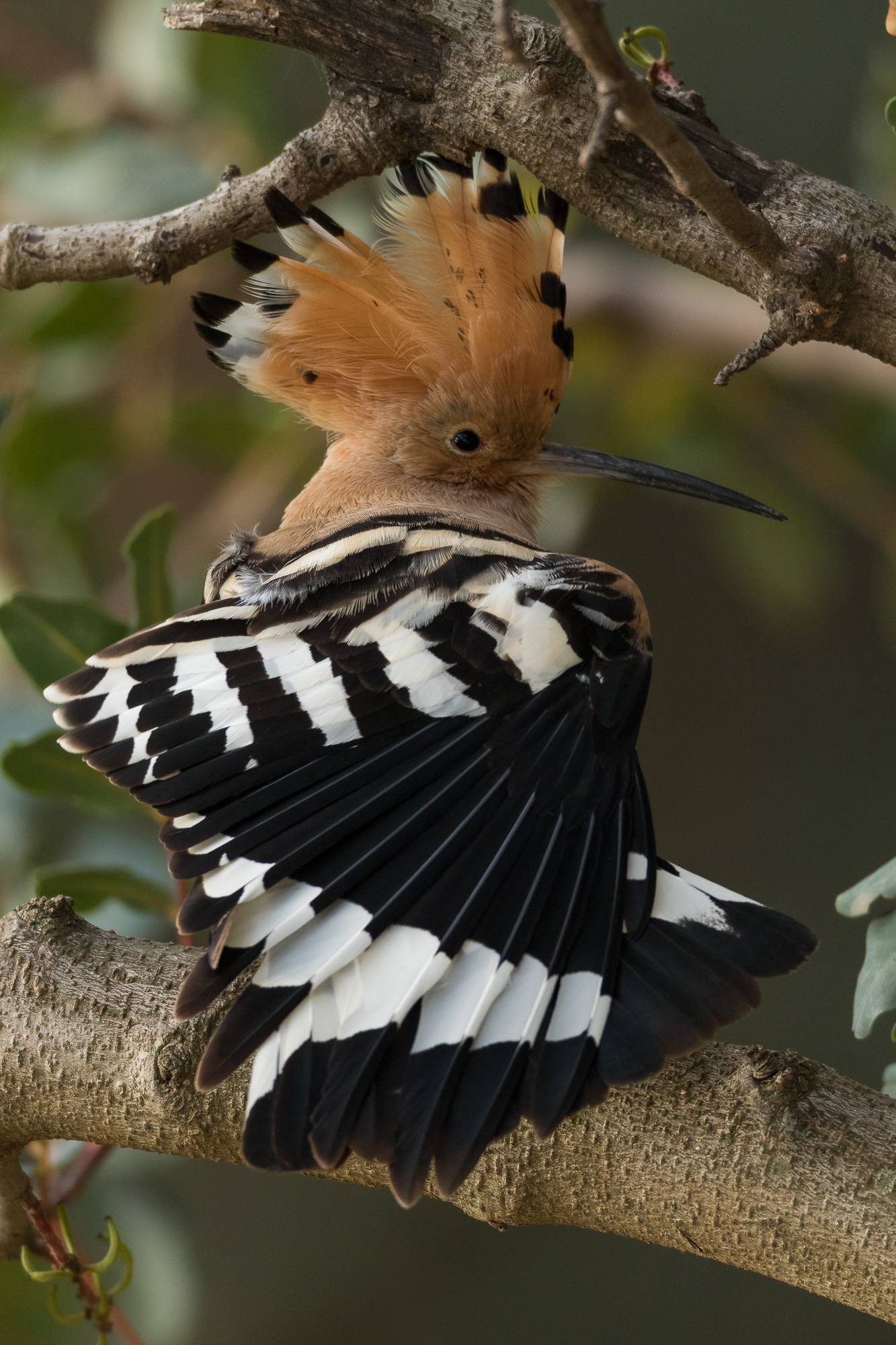
With the stretch came that amazing crest of feathers along the top of its head. My shutter fired and I knew I had the shot I had spend 5 years hoping for.
Gear I used to create the photos in this post:

